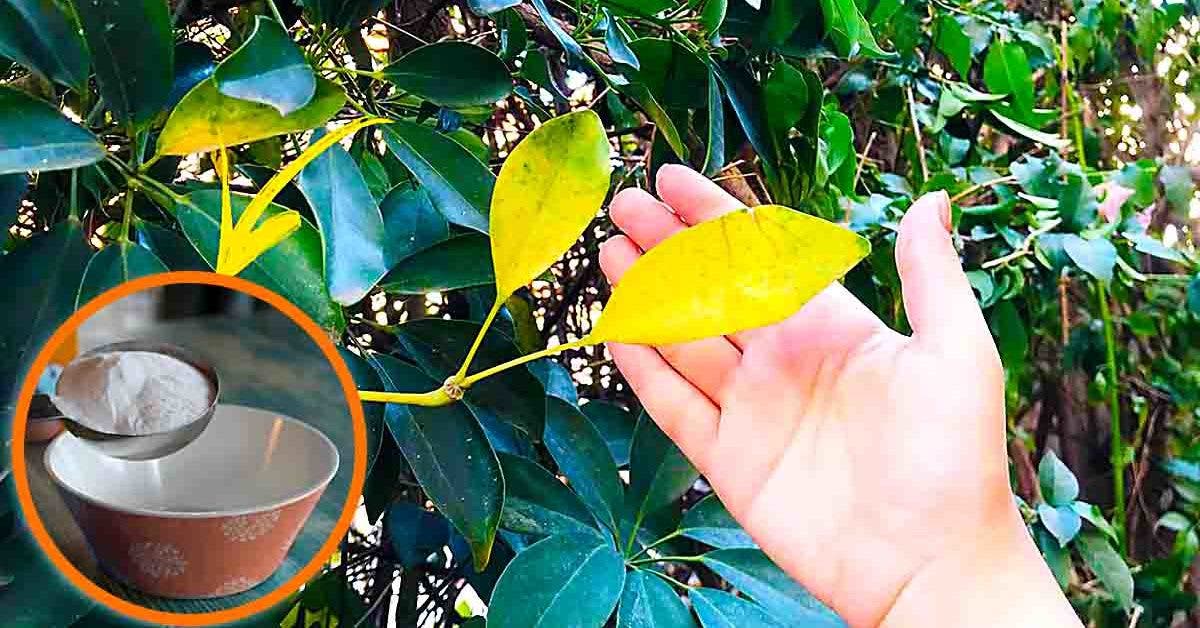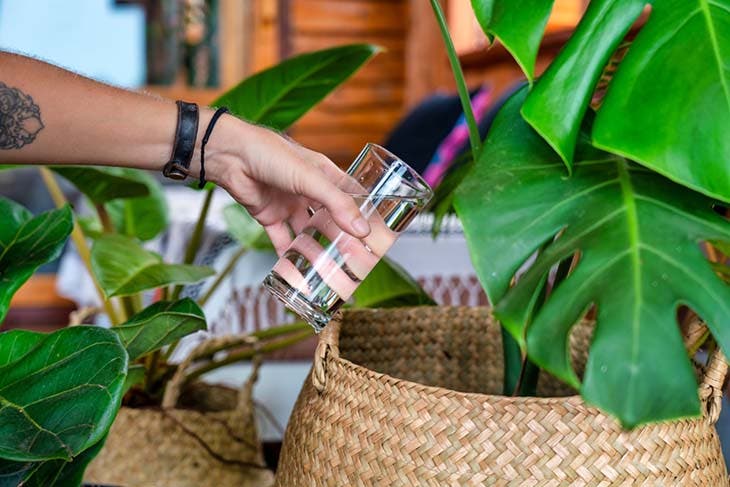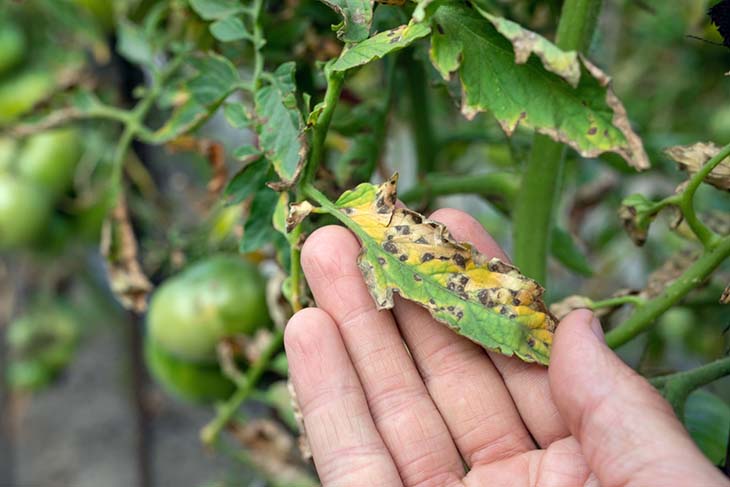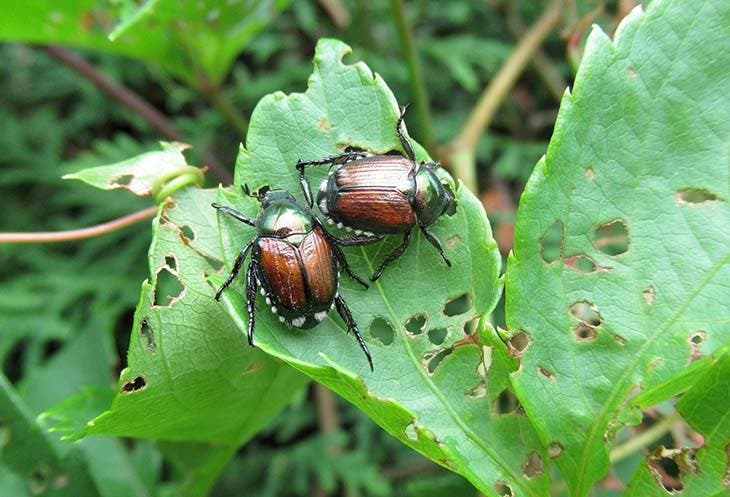It’s heartbreaking when your beloved plants start to show signs of distress, especially with yellow leaves. While a natural seasonal change (like autumn) can cause yellowing, there are many other factors that can be the cause. Yellow leaves can signal a variety of issues, from overwatering to nutrient deficiencies, sunlight exposure, pests, and more. Understanding the root causes of this issue can help you take action before things get worse. Let’s explore the most common reasons why leaves turn yellow and how to fix it!

1. Overwatering Your Plants

Overwatering is one of the most common reasons plants’ leaves turn yellow. Plants are not all the same; some need very little water. When plants are overwatered, their roots can rot, leading to yellowing leaves. To fix this, immediately remove any standing water and adjust the amount you water your plant. If you suspect fungal growth, spray a mixture of water and baking soda directly on the plant. Baking soda acts as a natural fungicide and can help protect your plants from diseases like mildew or powdery mildew.
2. Lack of Nutrients

If your plant is not getting the nutrients it needs, its leaves may start turning yellow. One common deficiency is nitrogen, especially in ornamental plants. If nitrogen is lacking, it’s time to fertilize with non-moist soil. For other plants, iron deficiency can also cause yellowing, as iron is essential for chlorophyll production. Without it, the green pigment fades, and leaves can turn yellow or even white. To resolve this, spray your plants with iron chelate solutions or choose less acidic soil.
3. Water Quality
Are you using tap water for your plants? Limescale in tap water can change the acidity and composition of your soil, potentially leading to yellowing leaves. If possible, use distilled water or rainwater for your plants. If you’re using rainwater, let it sit for at least 48 hours before applying it. Quick tip: Avoid using the last little bit of water from the bottom of the container, as it can contain impurities.
4. Excessive Sunlight Exposure
Sometimes yellowing leaves are caused by too much direct sunlight. This often happens when plants are placed near windows where the glass magnifies the sun’s rays. If this is the case, simply move your plant to a cooler, shadier spot to protect it from further damage.
5. Inadequate Light for the Plant
On the other hand, too little light can also cause yellow leaves. Plants like geraniums enjoy plenty of sunlight, while others, like hydrangeas, thrive in partial shade. If your plant is not getting enough light, it won’t produce enough chlorophyll, resulting in yellow leaves. To remedy this, move your plant to a brighter spot where it can receive the right amount of light for its specific needs.
6. Wind and Drafts
Wind or drafts can also contribute to yellowing leaves, especially in delicate plants. The youngest leaves, which are still developing, are more sensitive to wind. To help your plant recover, move it to a less windy location. This will allow the plant to regrow and regain its natural color.
7. Pests

Certain pests, such as mealybugs and red spider mites, can cause yellowing leaves. These pests suck the sap from the plant, weakening it and leading to yellowing. To combat pests, spray a solution of Marseille soap and water directly onto the plant. This natural insecticide is highly effective against lice, aphids, and scale insects. Another option is linseed oil, which can be applied using a spray bottle or cotton ball to keep pests at bay.
Additional Advice: General Care Tips
If you’re still unsure about the cause of the yellowing leaves, remember that proper care is key. Avoid placing plants in direct sunlight or near drafts. Make sure the plant gets adequate light and ensure the soil is neither too dry nor too soggy.
As a preventive measure, you can regularly spray the plant with a mixture of water and white vinegar. This can help dissolve excess salt on the leaves, which is one of the causes of yellowing.
By following these tips and being mindful of your plant’s specific needs, you can keep your green friends happy and thriving. Don’t worry too much about the occasional yellow leaf—just take action to address the underlying issue, and your plant will bounce back!



